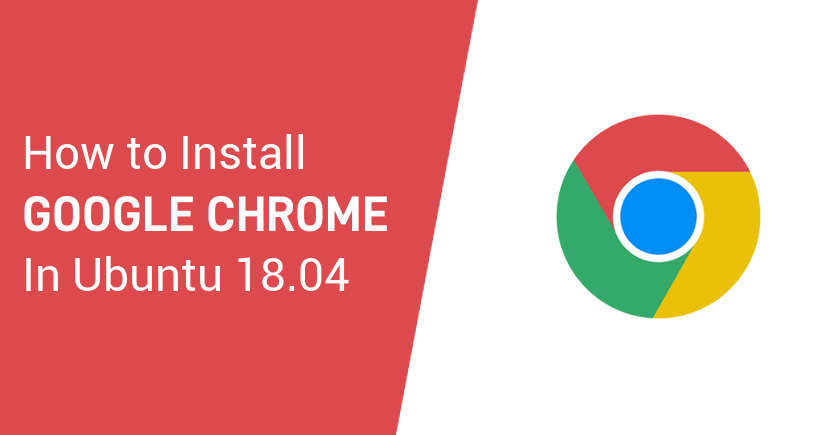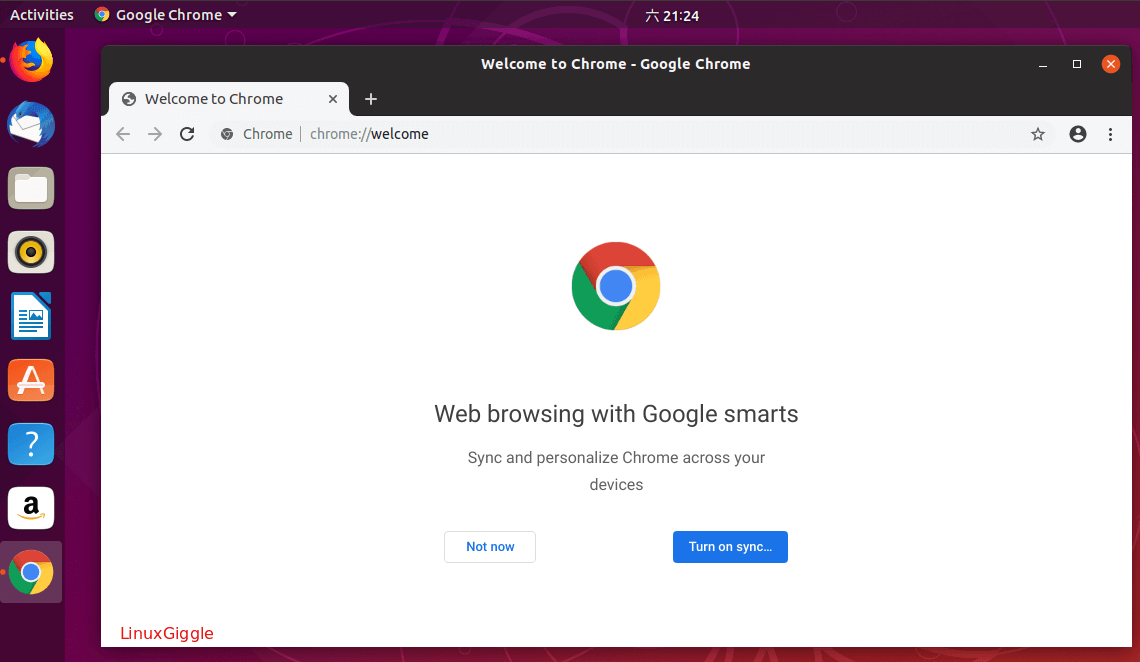

These will be directly available to you after you sync your Google account in Chrome. It includes customizations such as themes, backgrounds, and plugins too.

Well, if you were using Google Chrome on your past operating system that might be Windows, Mac OS or still using in your android or iPhone, you must have some bookmarks and you can directly use them by syncing your main Google account in your Chrome browser. Now Let’s discuss some things that you should do after installing Google Chrome on Ubuntu Sudo dpkg -i Google-Chrome-stable_current_bĬhrome had been downloaded to your System. Now, we have to use the dpkg command to install Google Chrome. To install Google Chrome on Ubuntu, open your terminal and use the following commands to download the. So if Terminal doesn’t scare you, you are good to go with this 2nd method. If you’ve spent some time with Ubuntu, you know how terminal makes our operations so efficient and fast. Installing Chrome on Ubuntu Using Command Line Interface Search ‘Chrome’ in the menu and you will see an icon of Google Chrome. Google Chrome has been installed on your System. Do not follow the onscreen instructions to turn OS verification on, or you risk wiping your machine’s data and turning Developer Mode off.Click on Install and it will ask for your password. Your device will now transition to Developer Mode.Įvery boot thereafter will also begin with that warning screen, and a need to press Ctrl-D to continue. You will need to press Ctrl-D to continue. When you boot up your Chromebook, it will begin with a warning screen noting that “OS verification is OFF”.

You will be prompted with an opportunity to “turn OS verification OFF”. On most Chromebooks, you do so by turning the device off, then holding down the ESC and Refresh keys while you press the Power button. To get to Developer Mode, we need to first reboot into Recovery Mode. The use of Developer Mode may void your Chromebook’s warranty.

This could include important data like any files you’ve downloaded, or locally cached passwords. Since ChromeOS is an online-centric operating system, the vast majority of your data will be stored remotely, but make sure you’ve backed up everything important that’s local to your machine before you begin. Placing your device into Developer Mode will wipe all data and user information from it.


 0 kommentar(er)
0 kommentar(er)
